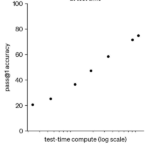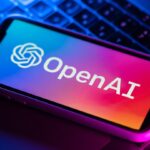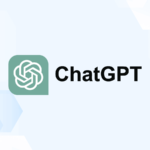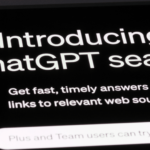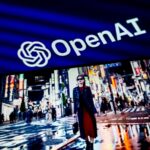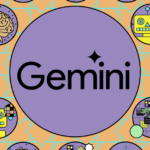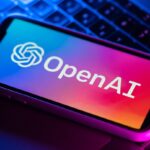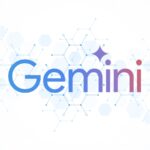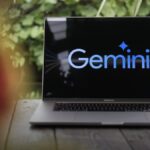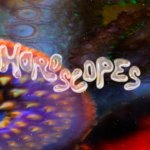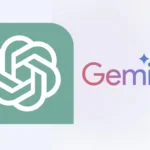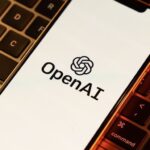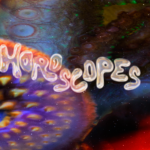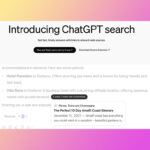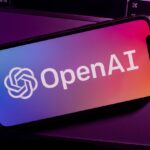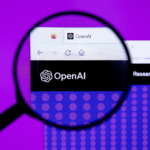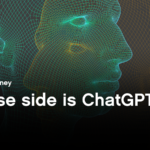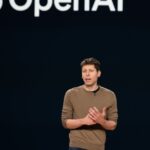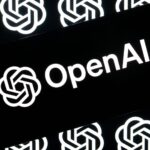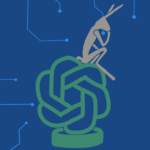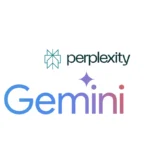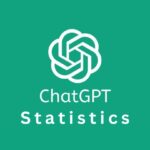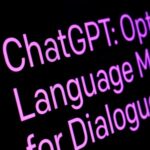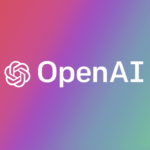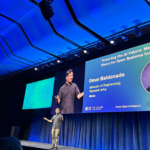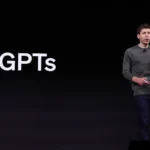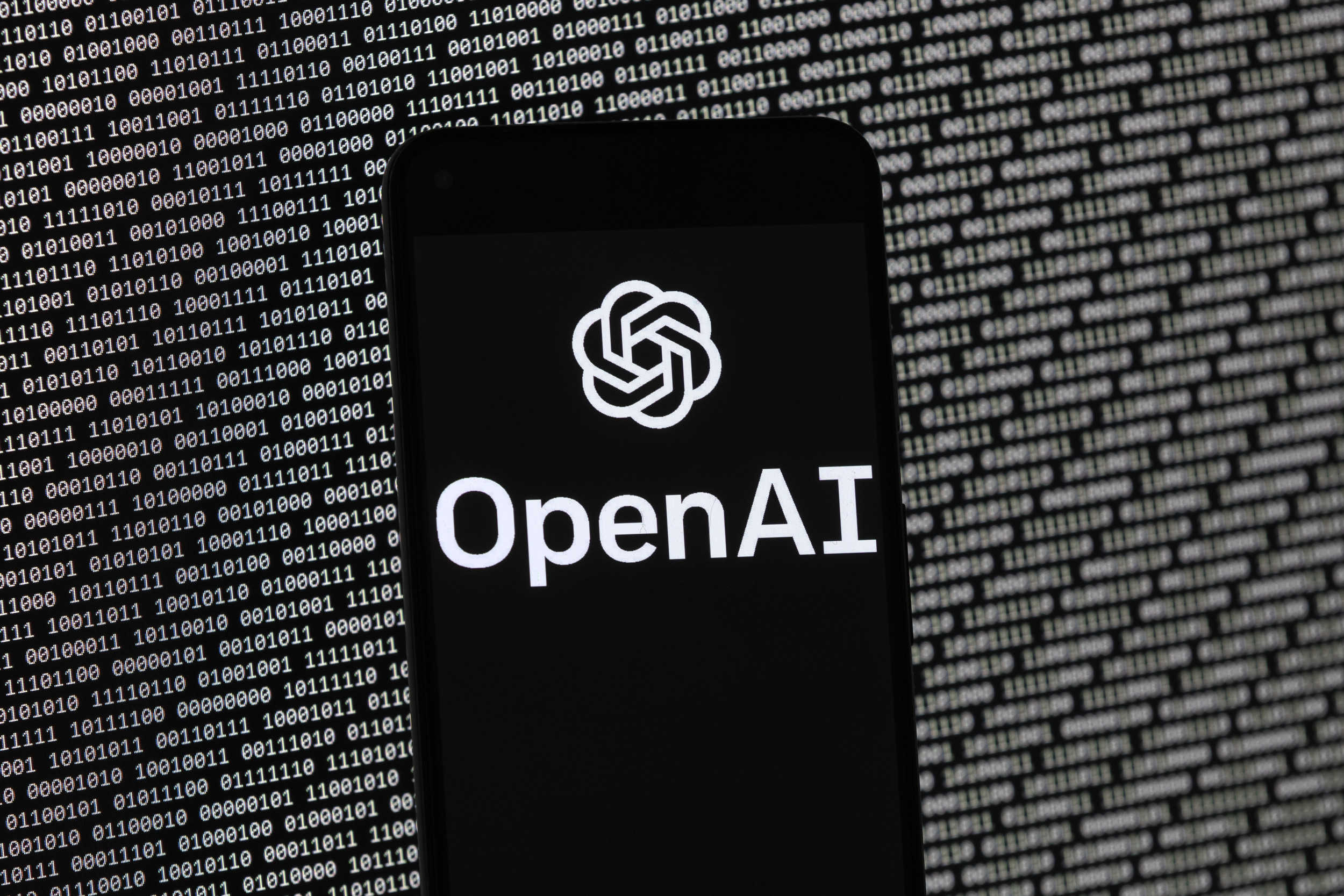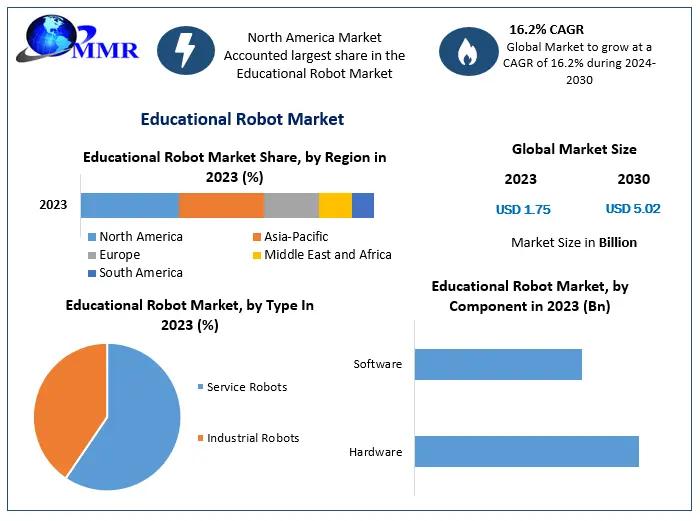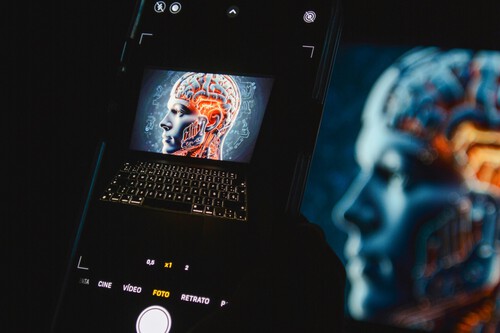Noticias
Training and using ChatGPT uses a lot of energy, but exact numbers are tricky to pin down without data from OpenAI
Published
2 meses agoon


As the capabilities and adoption of artificial intelligence (AI) are rapidly growing, people have started scrutinizing its environmental costs. Across social media, users have made claims about the energy requirements of AI chatbots (like ChatGPT), often by comparing it to other activities or things in our daily lives.
For example, a Linkedin post from 15 February 2025 claimed that ‘using ChatGPT-4 10 times per day for one year emits the same amount of CO2 as taking one flight from New York to Paris’ (translated from French, here). The original source of this information appears to be an article on Vert – an independent French news outlet – from 21 November 2024.
Below we will investigate this claim and dig into some of the knowns and unknowns about energy consumption of AI chatbots like ChatGPT.
Main Takeaways:
As the capabilities and adoption of artificial intelligence (AI) continue to grow, so are its energy impacts. Training and ongoing use of AI models requires significant energy due to their use of data centers – one of the most energy-intensive building types.
Although this energy use is broadly understood, OpenAI has not released enough data for people to know exactly how much energy consumed when using their AI chatbots (like GPT-4). An online tool called ‘EcoLogits’ can estimate the energy consumption and CO2 emissions from using ChatGPT, but has limited precision given the lack of data from OpenAI.
The EcoLogits tool calculates emissions from multiple steps – raw material extraction, transport, usage, and end-of-life. Although that is a valid method, it can be misleading to compare these results to flight emissions (as was done in a recent social media post) which are more direct – fuel is burned, CO2 is emitted. That excludes other emissions steps required for a plane to fly, such as building the plane and transporting fuel, which would increase the carbon footprint if included.
Significant amounts of energy are needed for both training and ongoing use of ChatGPT – AI energy consumption is expected to grow
Before digging into the details: why investigate the energy use of ChatGPT in the first place? In short, both training and using AI models consumes significant amounts of energy by using data centers – one of the most energy-intensive building types, according to the U.S. Department of Energy. And adoption of these technologies has happened quite rapidly – in fact, according to the International Energy Agency (IEA), when comparing the percentage of households that adopted technologies after their commercial release, the adoption rate for generative AI has outpaced the rates for both personal computers and the internet (Figure 1).
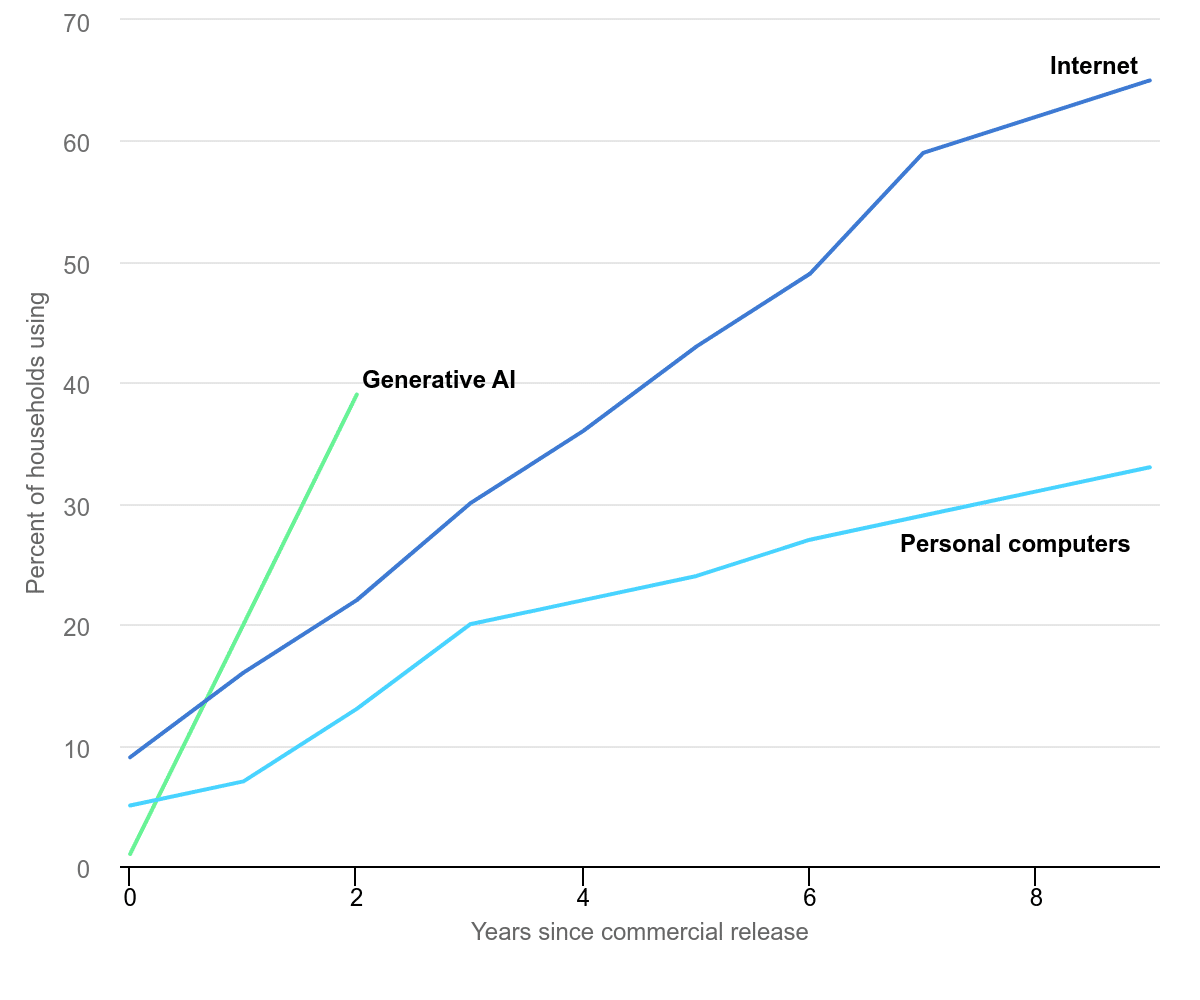

So what are the energy implications of this? Although it’s an ongoing topic of research, the IEA explains, “Electricity consumption from data centres, artificial intelligence (AI) and the cryptocurrency sector could double by 2026” – this combined electricity consumption would roughly match that of the entire country of Japan. But what about AI specifically?
As the number of users and capabilities of AI chatbots are growing, so are concerns about energy use. This was highlighted by Vijay Gadepally, senior scientist and principal investigator at the Massachusetts Institute of Technology (MIT) Lincoln Laboratory, in a January 2025 article published by MIT Sloan School of Management:
“As we move from text to video to image, these AI models are growing larger and larger, and so is their energy impact […] This is going to grow into a pretty sizable amount of energy use and a growing contributor to emissions across the world.”
At a broad scale, it is clear that there are energy and environmental impacts associated with the advancement and use of AI. But do we know enough to calculate the exact energy used or carbon dioxide (CO2) emitted per query/request to ChatGPT – or GPT-4 more specifically? At this moment, it’s quite tricky.
Numerous social media posts have discussed the energy that is used each time you send a query to ChatGPT, but it appears that few cite any sources for this information. And there may be a good reason for this: there appears to be a scarcity of data both from the company that developed the model (OpenAI) and in the scientific literature.
As a result, some have attempted to estimate this themselves using approximate values. For example, the claim we mentioned earlier – comparing hypothetical CO2 emissions between daily GPT-4 use and one transatlantic flight – used a tool called the ‘EcoLogits Calculator’ to do their estimations. The Linkedin post making this claim pulled information from a Vert article published on 21 November 2024, which detailed some underlying assumptions.
To check if this was an accurate comparison, Science Feedback sought to answer a few questions: did they use sound methodology, can we replicate their work to get the same values, and are there any uncertainties? We will investigate these below.
Emissions per query made to ChatGPT can only be roughly estimated due to large data gaps
Before we investigate, it’s worth noting that the Linkedin post did add a caveat that their calculations were ‘imperfect’ given the lack of data from OpenAI on this subject. However, these caveats can easily be forgotten or left out when people decide to share the simplified claim comparing ChatGPT use to a transatlantic flight.
So if people only hear or read the claim itself, would it be accurate on its own? As we will detail below, there are several reasons the claim alone could be misleading.
To start the investigation, Science Feedback first attempted to replicate the values in the ‘EcoLogits’ tool used to calculate greenhouse gas emissions and energy consumption. By following the assumptions laid out in the Vert article, Science Feedback arrived at the same values as shared in the article (Figure 2). However, the question still remains – how close are these values to reality?


In fact, a note in the tool itself explains that by selecting a closed-source model like GPT-4, EcoLogits’ estimates will have a lower precision – confirming the issue we noted earlier about data scarcity. To gain more insights about this, Science Feedback reached out to Dr. Anne-Laure Ligozat, computer science professor at ENSIIE and LISN, who researches the environmental impacts of digital technology.
“The Ecologits tool used here is based on a sound methodology, but as you pointed out, the necessary data is not always available so the computation of the impacts requires to do a few hypotheses and approximations. The order of magnitude obtained is consistent with scientific publications [linked here and here, for example]”, Ligozat explains.
However, despite the order of magnitude of these values being consistent with other research – meaning the values aren’t 10 times greater or smaller – there are still uncertainties in these values. Ligozat explains, “The uncertainty is high because of these approximations, but I do not think uncertainty values are available for this tool.”
When asked about the accuracy and uncertainties involved in the claim specifically (i.e., the transatlantic flight comparison), Ligozat explained, “It probably gives a correct order of magnitude but multiplying the impacts for one inference may not be the best way to estimate the overall impacts in particular because it hides threshold effects.”
For those less familiar with those terms, let’s quickly unpack them. An inference is the process of a user sending a query to an trained AI model, which then applies its learning to find an answer for the user (Figure 3).
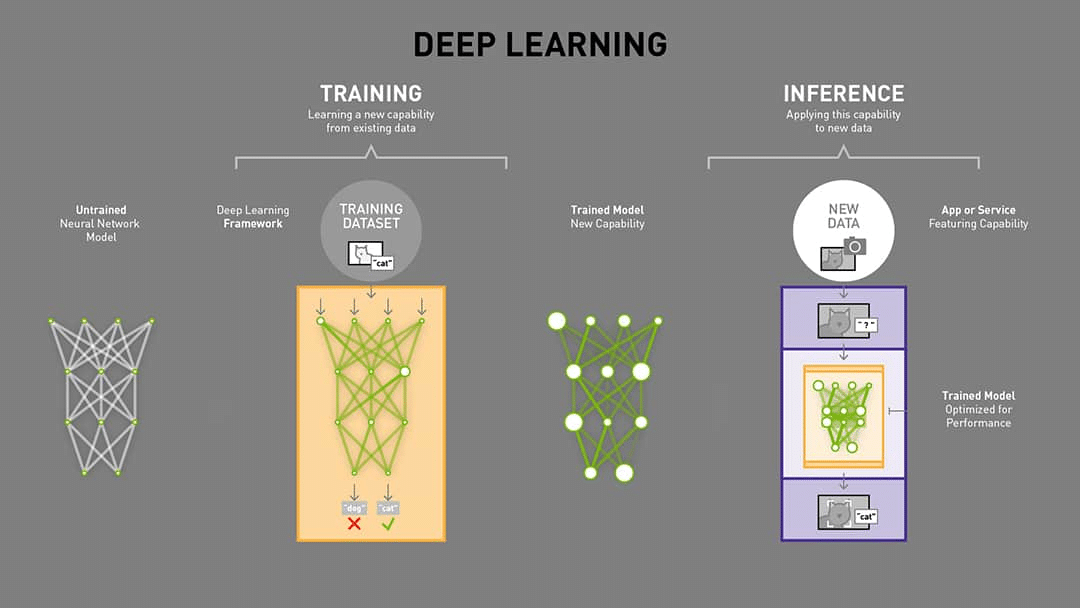

So in the quote above, Ligozat is pointing out that the claim may be oversimplifying a more complex scenario by using the EcoLogits tool to calculate emissions and energy use from one inference (query) and multiplying it (e.g., 10 times per day times 365 days per year). In other words, it isn’t necessarily the case that a one-off emissions scenario (like a single conversation on ChatGPT) can just be scaled as you’d wish by multiplying it. As Ligozat explains:
“The impact from executing several inferences may not be a multiple of executing one: for example, if you only have to process a few inferences a day, a small basic server may be enough, while if you have thousands a day, it will require a computation server with different characteristics.
I am not sure whether it would under- or over-estimate the impacts since the changes may go both ways: for example the manufacturing impacts of a bigger server may be significantly higher (increasing the footprint), but it may [process] one inference much more efficiently (decreasing the footprint).”
Between a lack of data released from OpenAI, the resulting lower precision in the EcoLogits estimates, and the method the Linkedin post used of ‘multiplying’ the effects across days and years, it seems that several layers of uncertainty are baked into the claim comparing ChatGPT queries to flight emissions.
It is also worth noting the method of calculating CO2 emissions per query/inference in the EcoLogits tool is based on a life cycle analysis methodology – not just direct emissions resulting from the energy consumed by using ChatGPT. In other words, while flight emissions are directly looking at the CO2 emitted per gallon of fossil fuel used, the EcoLogits tool methodology looks more broadly at the CO2 emitted from multiple steps of the process – extraction of raw materials, transport, usage, and end-of-life.
Science Feedback also found variation in CO2 emission calculations for a flight from New York to Paris using five different online calculators for flight-CO2 emissions. The values ranged from 322 kg of CO2 to 1000 kg of CO2 (roughly one tonne). However, the calculator with the most transparent and detailed methodology came from the International Civil Aviation Organization (ICAO) and gave a value of 322 kg of CO2 (Figure 4).
Notably, this is roughly one third of the CO2 emissions coming from the ‘10 times per day’ ChatGPT estimates. But, again, the ICAO methodology explains this is only CO2 from burning fuel – not an entire lifecycle analysis (as is performed in the EcoLogits estimates).
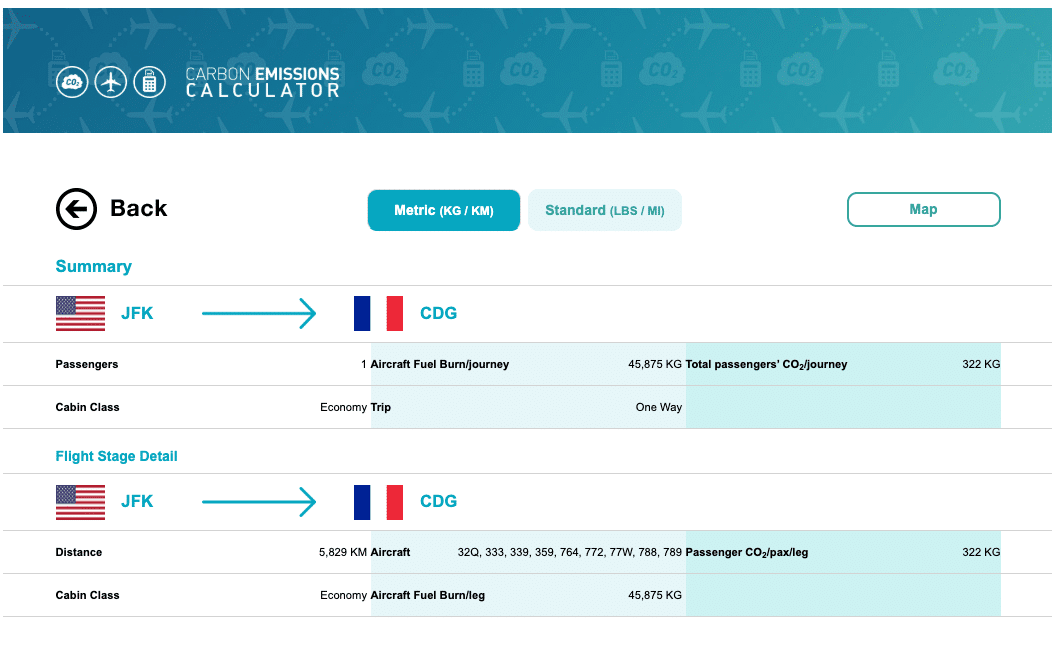

The comparison made in the claim from Linkedin may also be misleading because it does not take into account the range of complexity for each type of inference. The example from the claim is a ‘small’ conversation, but that seems to be chosen arbitrarily among other use cases.
For example, if a user wants to write a tweet instead, the CO2 emissions (per EcoLogits) for the same type of scenario (10 times per day for one year) drop from roughly 992 kg of CO2 per year down to 124 kg – a nearly 8-fold difference (Figure 5). In the ‘tweet’ example – using the EcoLogits calculator – the emissions would be roughly the same as one third of a flight from New York to Paris (depending on the flight-emissions calculator used).
In terms of energy consumption, the energy consumed by writing a single tweet with GPT-4 – according to EcoLogits estimates – could power a 60 watt incandescent light bulb (a standard household light bulb) for just under an hour. Note that energy in Figure 5 is given in ‘Wh’ or ‘watt-hours’, defined as the electrical power consumed by running something for one hour (hence a 60 watt bulb being able to run for just under an hour with 55 Wh of energy).
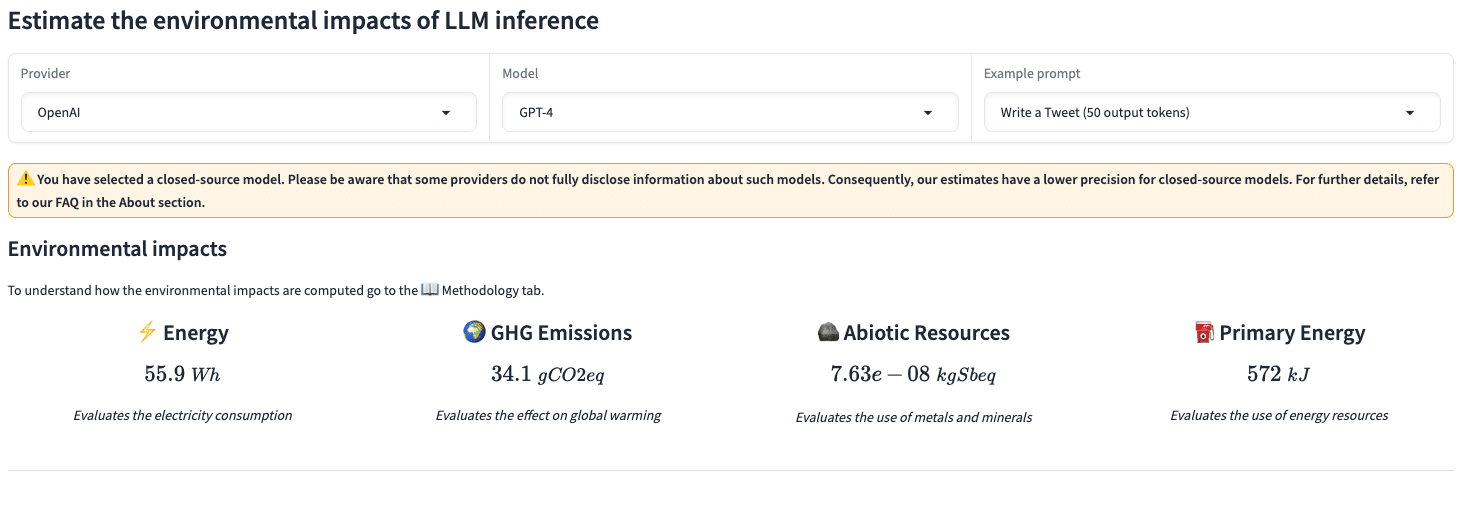

While these types of comparisons may help inform people of potential environmental impacts of using emerging technologies like AI, it may be a disservice to readers to cherry-pick examples while not explaining more context or being transparent about the uncertainties involved. Without that important context, people may notice wide discrepancies in estimates being shared on social media, devaluing a more important takeaway: AI is growing rapidly and is projected to further increase energy demands and greenhouse gas emissions.
SCIENTISTS’ FEEDBACK
Questions from Science Feedback:
- Is there any way of approximating the energy consumption of an average GPT-4 query/search? Is there enough available data to do so?
- What level of uncertainty is involved in performing this type of energy calculation or approximation?
- Do you think that the claim above about CO2 emissions from using GPT-4 is an accurate approximation or are there too many data gaps or uncertainties to make such statements (i.e., comparing it to the emissions from taking a flight)?


Anne-Laure Ligozat
Professor, LISN and ENSIIE
“1. The Ecologits tool used here is based on a sound methodology, but as you pointed out, the necessary data is not always available so the computation of the impacts requires to do a few hypotheses and approximations. The order of magnitude obtained is consistent with scientific publications [linked here and here, for example].
2. The uncertainty is high because of these approximations, but I do not think uncertainty values are available for this tool.
3. It probably gives a correct order of magnitude but multiplying the impacts for one inference may not be the best way to estimate the overall impacts in particular because it hides threshold effects. The impact from executing several inferences may not be a multiple of executing one: for example, if you only have to process a few inferences a day, a small basic server may be enough, while if you have thousands a day, it will require a computation server with different characteristics.
I am not sure whether it would under- or over-estimate the impacts since the changes may go both ways: for example the manufacturing impacts of a bigger server may be significantly higher (increasing the footprint), but it may [process] one inference much more efficiently (decreasing the footprint).”
You may like
Noticias
Operai, antrópico y 10 de las principales compañías de IA para trabajar para trabajar
Published
2 horas agoon
18 abril, 2025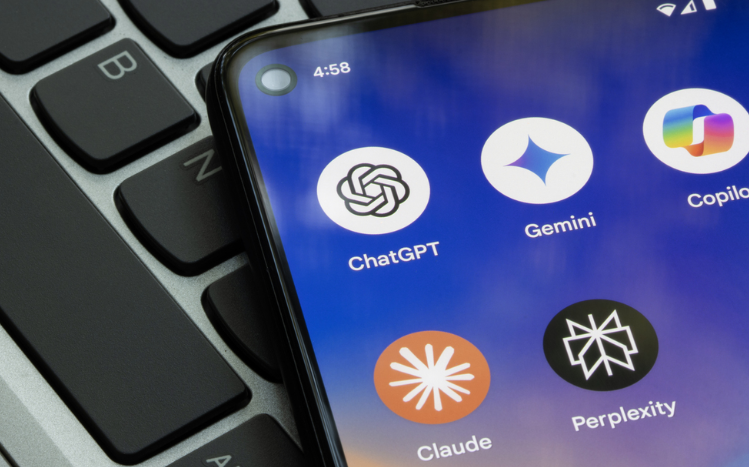
Trabajando a la vanguardia de la innovación tecnológica, los profesionales de IA tienen una gran demanda. Únase a nosotros mientras desempaquetamos 10 principales compañías de IA que dan forma al futuro en 2025, según lo clasificado por Forbes
Dicho esto, la IA es una espada de doble filo. Si bien crea nuevas oportunidades emocionantes, también está cada vez más claro que hará que algunos roles tradicionales obsoleten. Según el Foro Económico Mundial (WEF), para 2030 AI se espera que desplaza a 92 millones de empleos a nivel mundial, al tiempo que crea simultáneamente 170 millones de nuevos. Por lo tanto, para los ambiciosos estudiantes de la escuela de negocios que buscan preparar sus carreras en el futuro, ahora es el momento perfecto para unirse a una compañía de IA y adelantarse a la curva.
Entonces, ¿qué compañías de IA deberían tener en cuenta los estudiantes de las escuelas de negocios al buscar oportunidades?
Después de un llamado público para nominaciones y un divulgación dirigida a miles de nuevas empresas elegibles, Forbes, que participa con Meritech Capital y Sequoia Capital, ha lanzado su lista de las 50 principales compañías de IA de 2025. Presentado alfabéticamente, la séptima lista anual destaca a algunas de las compañías de IA IT más prometedores en el mundo.
De esa lista, hemos seleccionado a 10 compañías destacadas que son especialmente adecuadas para los graduados de la escuela B que buscan dejar su huella en el espacio de IA.
Metodología:
Antes de revelar las 10 compañías sobre las que cada estudiante de MBA y Masters Business debe conocer, echemos un vistazo a cómo se seleccionaron los 50 mejores.
Este año fue el más competitivo hasta ahora, con 1.860 presentaciones que destacan el crecimiento explosivo de la IA solo durante el año pasado.
Para reducirlos, Forbes evaluó a cada compañía en función de la promesa comercial, el talento técnico y el uso de la IA, utilizando un algoritmo cuantitativo y un panel juzgador cualitativo. El resultado: 50 principales compañías de IA que Forbes consideró las más innovadoras e impactantes.
Entonces, aquí hay 10 de esas empresas que deberían ser de particular interés para los estudiantes y graduados de la escuela B.
10 mejores compañías de IA para trabajar | Forbes
1. OpenAi
Una de las más destacadas entre las principales compañías de IA a conocer es OpenAI, un gigante de $ 300 mil millones centrado en desarrollar IA de propósito general que beneficie a la humanidad.
Con más de 500 millones de personas que ahora usan CHATGPT, propiedad e impulsada por Operai, y más de 2 millones de usuarios empresariales, unirse al equipo de Operai significa ser parte de algo transformador.
OpenAI tiene una variedad de adecuados para los titulares de MBA y Masters Business, incluidos puestos de marketing, operaciones, recursos legales y humanos.
La compañía también consiguió el 13 ° lugar en las mejores nuevas empresas de Forbes para trabajar en 2025 ‘, reforzando la idea de que cada graduado de la escuela de negocios debería tener OpenAi en la parte superior de su lista al explorar oportunidades de carrera.
LEER: 7 compañías iniciales líderes que patrocinan visas H1B
2. Antrópico
Fundada en 2020, la compañía de seguridad e investigación de IA Anthrope es ampliamente considerada como el retador más cercano a OpenAi en este espacio emergente.
Una corporación de beneficios públicos dedicados al desarrollo de IA ética alineada con los valores humanos, Anthrope ofrece una carrera profesional gratificante y satisfactoria, especialmente para los graduados de las escuelas de negocios que buscan aplicar su perspicacia comercial y sus habilidades técnicas para impulsar un cambio positivo.
Acogiendo con la bienvenida a los solicitantes de una variedad de antecedentes académicos, Anthrope alienta a los estudiantes de la escuela de negocios interesados en la IA a solicitar su programa Fellows para la investigación de seguridad de IA. En el transcurso de seis meses, los becarios reciben tutoría individual de expertos mientras exploran problemas críticos en seguridad de IA.
3. Databricks
Con 6,000 profesionales ya en su equipo, Databricks es un líder mundial en datos, análisis e IA.
Para los graduados de la escuela de negocios que buscan una exposición valiosa al mundo de los negocios, Databricks ofrece excelentes oportunidades. Por ejemplo, tanto los pasantes como los nuevos graduados tienen la oportunidad de trabajar en proyectos de alta visibilidad, ganando experiencia práctica en un entorno dinámico.
4. Noción
Una aplicación de trabajo colaborativa popular diseñada para individuos y equipos pequeños, la noción ofrece una amplia gama de oportunidades adecuadas para graduados de las escuelas de negocios en todo el mundo. Los roles como el gerente de marketing y el director de ventas, por ejemplo, hacen un uso fuerte de las habilidades estratégicas, analíticas y de liderazgo desarrolladas en los programas de MBA y Masters Business.
Para aquellos que todavía están en la escuela de negocios, la noción también es una herramienta valiosa para mantenerse organizado. Se puede usar para programar, tomar notas y administrar cursos.
5. Perplejidad ai
La perplejidad del motor de búsqueda de IA gratuita, IA, conocida por entregar respuestas conversacionales a las consultas de los usuarios, obtuvo un lugar en la lista Forbes AI 50 en 2025.
Para los graduados de la escuela de negocios, Perplexity AI ofrece varias oportunidades de carrera prometedoras, con roles como gerente de contenido, gerente de redes sociales y especialista en atención al cliente empresarial que actualmente contratan.
En un movimiento que destaca aún más su compromiso con la comunidad de educación empresarial, Perplexity AI se asoció recientemente con la Escuela de Negocios Kogod de la Universidad Americana para proporcionar a los estudiantes acceso a Perpleity Enterprise Pro AI, lo que lo convierte en no solo un empleador potencial, sino también un recurso valioso para los graduados de B-School.
LEER: Los 10 empleadores más grandes y más grandes de los Estados Unidos | Ranking de Forbes
6. Decágono
Decagon AI es una compañía que proporciona agentes de atención al cliente con IA para empresas. Se ubica entre las principales compañías de IA para trabajar.
Después de haber presentado muchas marcas conocidas como Duolingo, Hertz y Decagon, Decagon ofrece una excelente oportunidad para que los estudiantes de las escuelas de negocios que buscan una valiosa exposición a la industria.
7. Deepl
Llegador a la Forbes AI 50 por segundo año consecutivo, DeepL es una plataforma de idioma IA integral utilizada para la traducción.
DeepL ofrece a los empleados una variedad de beneficios, incluido el trabajo híbrido, eventos regulares en equipo en persona, seguro de salud, licencia parental y un presupuesto anual de capacitación para el desarrollo personal.
A menudo considerado superior al traductor de Google, DeepL presenta una oportunidad emocionante y enriquecedora para los graduados de la escuela B.
8. Grandes datos
Reconociendo que las infraestructuras de datos tradicionales no estaban preparadas para satisfacer las necesidades de datos de la IA, un vasto fundador y CEO de datos, Renen Hallak, estableció la compañía para proporcionar soluciones avanzadas de almacenamiento de datos para las empresas.
Con clientes como la NASA, Zoom y Pixar, los vastos datos continuarán creciendo, por lo que es un excelente lugar para los graduados de las escuelas de negocios que buscan conseguir un trabajo con potencial de crecimiento futuro.
9. Abrida
Hacer olas en la industria de la salud es Abridge, una herramienta de IA diseñada para optimizar el proceso de documentación en entornos médicos, lo que permite a los profesionales de la salud más tiempo para concentrarse en ayudar a otros.
Para los MBA con especializaciones en la atención médica, Abridge sería una gran opción, lo que les permite poner en acción su perspicacia comercial y su conocimiento de salud.
10. Cascarrabias
Harvey, la plataforma de IA generativa hecha específicamente para profesionales legales, ha crecido rápidamente desde su fundación en 2022, expandiendo de 40 a 235 clientes, incluidas las principales firmas de abogados de EE. UU. Esto hace que Harvey sea una de las principales compañías de IA a conocer hoy.
Habiendo obtenido $ 300 millones en fondos de la Serie D, ahora es un momento fantástico para unirse al equipo y ser parte del crecimiento de Harvey.
10 mejores compañías de IA para trabajar | Forbes
Estas 10 compañías que aparecen en el ranking de AI 50 Forbes de este año destacan una variedad de oportunidades emocionantes e innovadoras para estudiantes de escuela de negocios y graduados que buscan preparar sus carreras en el futuro y entrar en el mundo dinámico de la IA.
*Las compañías enumeradas en este artículo se ordenan al azar y no se clasifican.
Noticias
Windsurf: la apuesta potencial de $ 3b de OpenAI para impulsar el movimiento de ‘codificación de vibra’
Published
4 horas agoon
18 abril, 2025
Únase a nuestros boletines diarios y semanales para obtener las últimas actualizaciones y contenido exclusivo sobre la cobertura de IA líder de la industria. Obtenga más información
‘Vibe Coding’ es un término del momento, ya que se refiere a un uso más aceptado de IA y indicaciones de lenguaje natural para la finalización del código básico.
Según los informes, Openai busca participar en el movimiento, y poseer más de la experiencia de codificación de pila completa, ya que mira una adquisición de $ 3 mil millones de Windsurf (anteriormente Codeium). Si el acuerdo se materializa, sería la adquisición más costosa de OpenAI hasta la fecha.
La noticia se produce inmediatamente después de la liberación de O3 y O4-Mini de la compañía, que son capaces de “pensar con imágenes” o comprender más intuitivamente bocetos y diagramas de baja calidad. Este desarrollo sigue el lanzamiento de la familia Modelo GPT-4.1. La compañía de IA Nadie puede dejar de hablar también recientemente recientemente aumentó una ronda de financiación de $ 40 mil millones.
Los observadores de la industria y los expertos han estado llenos sobre el posible acuerdo, ya que no solo podría hacer de OpenAi un jugador de la industria aún más grande de lo que ya es, sino que también acelera aún más la adopción cultural de la codificación de ambas.
“Windsurf podría cambiar el juego para Operai porque es una de las herramientas a las que los desarrolladores están compitiendo”, dijo Lisa Martin, directora de investigación del Futurum Group, a VentureBeat. “Este acuerdo podría solidificar OpenAi como el mejor amigo de un desarrollador”.
¿Una apuesta por la codificación de vibra?
La codificación asistida es una nueva concepto de un sh largoOT, pero la “codificación de vibos”, un término acuñado por el cofundador de OpenAi Andrej Karpathy, es un enfoque relativamente nuevo, ya que aprovecha las indicaciones generativas de IA y lenguaje natural para automatizar las tareas de codificación.
Esto se compara con otros asistentes de codificación de IA y herramientas sin código y código bajo que utilizan elementos visuales de arrastrar y soltar. La codificación de vibos se trata de incorporar la IA en flujos de trabajo de desarrollo de extremo a extremo, y el enfoque es la intención en lugar de las minucias de codificación manual.
Windsurf se encuentra entre las herramientas principales del espacio, junto con el cursor, la presentación de replicación, adorable, Bolt, Devin y Asider. La compañía lanzó Wave 6 a principios de este mes, cuyo objetivo es abordar los cuellos de botella del flujo de trabajo común.
“Windsurf ha liderado la carga de construir herramientas de desarrollo nativas verdaderamente ai, ayudando a los desarrolladores a acelerar la entrega sin comprometer la experiencia”, dijo Mitchell Johnson, director de desarrollo de productos de la firma de seguridad de software Sonatype. “Al igual que el código abierto temprano, esto comenzó como ‘Outlaw Tech’, pero rápidamente se está volviendo fundamental”.
Andrew Hill, CEO y cofundador de Crowdsource AI Agent Platform Recall, dijo que la adquisición potencial es “una apuesta por la codificación de ambientes como el futuro del desarrollo de software”. Windsurf tiene bucles de retroalimentación rápidos, buenos valores predeterminados y “el correcto alternar” para las personas con la intuición adecuada para guiar la IA para resolver sus problemas. También es un entorno diseñado para la creación conjunta.
“Deje que el salto de codificación comience de la plención de la Replicación, Claude, Cursor, Windsurf, ¿qué sigue?”, Dijo Hill, llamando a Vibe codificando un “desbloqueo de productividad”. “Los mejores agentes serán construidos por humanos que puedan ambiente a través de cien ideas en un fin de semana”.
Operai posee más de la pila
Otros señalan que si OpenAi adquiere Windsurf, señala un movimiento claro para poseer más de la experiencia de codificación de pila completa en lugar de solo suministrar los modelos subyacentes.
“Windsurf se ha centrado en los flujos de trabajo centrados en el desarrollador, no solo la generación de código sin procesar, que se alinea con la creciente necesidad de herramientas de codificación contextuales y colaborativas”, dijo Kaveh Vahdat, observador de la industria de IA y fundador de Riseangle y Riseopp.
Arvind Rongala, CEO de la compañía de servicios de capacitación corporativa Edstellar, lo calificó más en un movimiento de poder que un agarre de software. Con la codificación de ambientes, los desarrolladores quieren entornos que sean “expresivos, intuitivos y casi colaborativos, en lugar de simplemente editores de texto”.
Con Windsurf, OpenAi tendría acceso directo a la próxima generación de creación e intercambio de códigos, señaló, con el plan de integración vertical. “La capa de inteligencia ya pertenece a OpenAi. Ahora quiere el lienzo”.
Operai tiene un enorme poder no solo sobre lo que se desarrolla, sino también cómo se construye, dijo Rongala, ya que posee las herramientas creativas que los desarrolladores usan durante horas todos los días. “No se trata de quitar la cuota de mercado de la presentación de replicación o Github”, dijo. “Hacer que tales plataformas parezcan anticuadas es el objetivo”.
¿Un movimiento de estrategia o una lucha?
Vahdat señaló que una adquisición de Windsurf pondría a OpenAi en una competencia más directa con GitHub Copilot y Amazon Codewhisperer, ambos respaldados por gigantes de la plataforma.
“El valor real aquí no es solo en la herramienta en sí, sino en los datos de distribución y comportamiento del usuario que conlleva”, dijo. “Ese tipo de información es estratégicamente importante para mejorar los sistemas de codificación de IA a escala”.
El movimiento es especialmente interesante porque podría posicionar a OpenAi más directamente contra Microsoft, a pesar de que los dos se asocian estrechamente a través de herramientas como GitHub Copilot, señaló Brian Jackson, director de investigación principal de Info-Tech Research Group.
Un acuerdo admitiría la “estrategia más amplia de Openi de ir más allá de las simples interacciones de chat y convertirse en una herramienta que ayuda a los usuarios a tomar medidas reales y automatizar los flujos de trabajo cotidianos”, dijo.
Aún así, Johnson de Sonatype señaló, ¿qué pasa si Windsurf se combina con el ecosistema de OpenAi? Los desarrolladores se benefician más cuando las herramientas pueden integrarse libremente con los modelos de IA que se adaptan a sus necesidades, ya sea GPT, Claude o de código abierto.
“Si la propiedad limita esa flexibilidad, podría introducir una forma de bloqueo de proveedores que ralentiza el mismo impulso que Windsurf ayudó a crear”, dijo.
Mientras tanto, algunos críticos de Openai lo ven como un movimiento desesperado. Matt Murphy, socio de Menlo Ventures, llamado Anthrope Superior en la codificación, y la compañía tiene los mejores modelos y las alianzas más fuertes.
“El movimiento de Openi aquí se siente como una lucha para cerrar la brecha, pero corre el riesgo de alienar a los aliados clave y aún no aborda el problema central: Claude es el mejor modelo”, le dijo.
Insights diarias sobre casos de uso comercial con VB diariamente
Si quieres impresionar a tu jefe, VB Daily te tiene cubierto. Le damos la cuenta interior de lo que las empresas están haciendo con la IA generativa, desde cambios regulatorios hasta implementaciones prácticas, por lo que puede compartir ideas para el ROI máximo.
Lea nuestra Política de privacidad
Gracias por suscribirse. Mira más boletines de VB aquí.
Ocurrió un error.
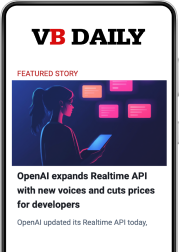
Noticias
Google Guilty Again, Meta On Trial, OpenAI Social, IR Rolls Up Touchcast AI
Published
4 horas agoon
18 abril, 2025
POLAND – 2020/05/04: In this photo illustration a Google AdWords logo seen displayed on a … More smartphone. (Photo Illustration by Filip Radwanski/SOPA Images/LightRocket via Getty Images)
SOPA Images/LightRocket via Getty Images
A federal judge found Google guilty of creating an ad-tech monopoly today, following the same finding in August, 2024, of its search business. Mark Zuckerberg wrapped three days of antitrust testimony over Meta’s acquisitions of Instagram (2012) and WhatsApp (2014). That seems like a long time ago, but the wheels of justice, and so forth. Big tech went all-in for Trump in the home stretch of last year’s elections, but so far all they’ve gotten for their loyalty is choice seats at the inauguration. If the government is serious, this could lead to the breakup of two of the world’s biggest companies.
Satya Nadella, chief executive officer of Microsoft Corp., left, departs from federal court in … More Washington, DC, US, on Monday, Oct. 2, 2023. Nadella took the stand today as part of the Justice Department’s antitrust trial against Alphabet Inc’s Google. Photographer: Nathan Howard/Bloomberg
© 2023 Bloomberg Finance LP
On April 17, 2025, U.S. District Judge Leonie Brinkema ruled that Google has illegally monopolized key segments of the digital advertising market. The court determined that Google abused its dominance by tying its publisher ad server and ad exchange, thereby stifling competition and maintaining over 90% market share in those areas. This decision follows an earlier ruling in August 2024, where Judge Amit Mehta found that Google violated antitrust laws by paying substantial sums to secure default search engine status on various devices and browsers, effectively maintaining its monopoly in the search market. Google says it will appeal both decisions.
WASHINGTON, DC – APRIL 15: Facebook CEO Mark Zuckerberg (L) departs from the E. Barrett Prettyman … More United States Court House on April 15, 2025 in Washington, DC. The U.S. Federal Trade Commission’s antitrust trial against Meta continued today over allegations that the company holds a monopoly in the social networking market with its acquisitions of Instagram and WhatsApp. (Photo by Anna Moneymaker/Getty Images)
Getty Images
Meta Faces Landmark Antitrust Trial Over Instagram and WhatsApp Acquisitions. CEO Mark Zuckerberg has concluded three days of testimony in the FTC’s antitrust trial, defending the acquisitions of Instagram and WhatsApp as strategic investments rather than attempts to stifle competition. He acknowledged considering a spin-off of Instagram in 2018 amid antitrust concerns and admitted Meta was slow to recognize TikTok’s competitive threat. Zuckerberg also revealed discussions about introducing an all-ad feed and even resetting users’ friend connections to revitalize Facebook. The FTC contends these acquisitions were part of a “buy or bury” strategy to maintain monopoly power, while Meta contends it operates in a competitive landscape that includes platforms like TikTok and YouTube.
The ChatGPT logo appears on a smartphone screen in this illustration photo in Reno, United States, … More on January 3, 2025. (Photo Illustration by Jaque Silva/NurPhoto via Getty Images)
NurPhoto via Getty Images
OpenAI Developing Social Network. The internal prototype is centered on ChatGPT’s image generation capabilities. CEO Sam Altman has been seeking feedback on the project, though it’s unclear whether it will be a standalone app or integrated into ChatGPT. A product like this would give OpenAI access to the type of user data X and Meta use to train their AI models. Altman “accidentally” revealed they have 800M monthly users at TED in Vancouver last week.
Lisbon , Portugal – 12 November 2024;c John Acunto, Co-founder & CEO, Infinite Reality; on Marketing … More Summit Stage during day one of Web Summit 2024 at the MEO Arena in Lisbon, Portugal. (Photo By Carlos Rodrigues/Sportsfile for Web Summit via Getty Images)
Sportsfile via Getty Images
Infinite Reality Continues Its Buying Spree, Acquiring Touchcast for $500M. The Metaverse platform company will acquire AI avatar company Touchcast for $500 million in cash and stock, adding advanced agentic AI to its immersive media platform. Infinite Reality (IR) itself raised $3 billion in January 2025 from a private investor, bringing its valuation to $12.25 billion. The funding enabled iR to roll up immersive technology companies like Touchcast. IR’s acquisitions include Napster ($207 million), Landvault ($350 million), and Zappar ($45 million).
Loti AI, a Seattle-based deepfake detection startup, has secured an additional $16.2 million. Khosla Ventures led the Series A round, raising its total to $23 million. Initially focused on protecting public figures, Loti AI has expanded its services to consumers seeking to safeguard their digital identities. The company’s technology detects and removes unauthorized content, including deepfakes and voice simulations. Strategic partnerships with talent agencies WME and CAA bolster its reach.
Nexad Raises $6M to Build AI-Native Ad Platform. The San Francisco startup develops AI-integrated advertising tools. The $6 million seed funding round was led by a16z Speedrun and Prosus Ventures, with backing from Point72, Umami, and others. The company embeds dynamically generated ads into AI systems like chatbots and search agents. Early partners include iAsk.Ai and Monica.im. Nexad claims its model delivers higher engagement and conversion rates than traditional digital ads by tailoring messaging in real time.
Wonder founders Justin Hackney and Xavier Collins.
Wonder
Wonder Raises $3M to Launch AI-First Creative Studio. The London-based company has raised $3 million in pre-seed funding to develop an AI-native studio for original film and interactive content. Backers include LocalGlobe, Blackbird, and angel investors from ElevenLabs, DeepMind, OpenAI, Campfire Studios, and Activision Blizzard. Founded by Xavier Collins and Justin Hackney, Wonder says its tools allow creators to generate high-quality visuals and reduce production costs to a fraction of traditional methods. The company describes itself as a platform for emerging filmmakers and technologists, with partnerships already in place with Campfire Studios, ElevenLabs, and Ravensbourne University.
Horiar AI Raises Funds to Advance Genimate Filmmaking Platform
The Turkish startup, which is focused on generative media tools, has raised an undisclosed investment from Biomka Holdings at a $12 million valuation. The company’s core product, Genimate, is an AI-powered platform that turns short scripts into cinematic video by automatically generating characters, environments, camera angles, and scene transitions. Horiar claims the system maintains near-total continuity across scenes, producing coherent, stylized output without manual intervention. CEO Mustafa Bilek described the deal as “the beginning of the unicorn journey.”
Dedicated Computing’s Kim Crawford and Marek Polcak, Vrgineers CEO.
Vrgineers
Dedicated Computing and Vrgineers Partner on XR Flight Training Solutions. The collaboration pairs Vrgineers’ professional-grade headsets and simulators—including the XTAL and Somnium VR1—with Dedicated’s rugged A9xxx simulation engines. The systems are designed for portability, high performance, and deployment in diverse environments, from classrooms to field operations. Both companies say the bundled solutions will offer scalable, TAA-compliant training for commercial and defense customers, with support for lifelike physics and real-time feedback.
The entrance portal to the Epic Universe theme park in Orlando, Florida, US, on Saturday, April 5, … More 2025. Epic Universe, the $7 billion attraction from Comcast Corp.’s Universal Destinations & Experiences division, offers five distinct lands and opens to the public on May 22. Photographer: Thomas Simonetti/Bloomberg
© 2025 Bloomberg Finance LP
Universal’s Epic Universe Opens May 22, 2025, Amid Global Uncertainty. Universal’s $7 billion theme park opens May 22, 2025, during a period of global economic uncertainty and reduced international travel. Spanning over 100 acres, the park features five immersive lands: Celestial Park, Super Nintendo World, How to Train Your Dragon – Isle of Berk, The Wizarding World of Harry Potter – Ministry of Magic, and Dark Universe. Highlights include the AR-enhanced “Mario Kart: Bowser’s Challenge,” the dueling coaster “Stardust Racers,” and the dark ride Harry Potter and the Battle at the Ministry, which merges elements from both the main films and the Fantastic Beasts series.
Georgia Tech Develops Ultra-Miniature Brain-Computer Interface
Researchers at Georgia Tech have unveiled a high-fidelity brain-computer interface (BCI) small enough to fit between hair follicles. The device uses microneedles and flexible wiring to capture neural signals just beneath the skin, enhancing signal quality while minimizing invasiveness. In tests, six participants used the BCI to control augmented reality video calls with 96.4% accuracy. The device functions effectively for up to 12 hours, suggesting potential for short-term applications in healthcare and human-computer interaction.
Dedicated Computing’s Kim Crawford and Marek Polcak, Vrgineers CEO.
Vrgineers
Dedicated Computing and Vrgineers Partner on XR Flight Training Solutions. The two companies announced a strategic partnership to co-develop integrated XR simulation bundles for pilot training. The collaboration pairs Vrgineers’ professional-grade headsets and simulators—including the XTAL and Somnium VR1—with Dedicated’s rugged A9xxx simulation engines. The systems are designed for portability, high performance, and deployment in diverse environments, from classrooms to field operations. Both companies say the bundled solutions will offer scalable, TAA-compliant training for commercial and defense customers, with support for lifelike physics and real-time feedback. Joint offerings will be showcased at industry events throughout 2025.
Curious Refuge Announces Winners of Inaugural AI Animation Competition. Curious Refuge has announced the winners of its first AI Animation Competition, sponsored by AI studio Promise and Luma Labs. Entrants were required to utilize AI-generated visuals in every shot. Hal Watmough’s LATE secured first place, winning $10,000. Second place went to Danny Tseng’s GRAVEYARD, while ROHKI’s A Million Trillion Pathways took third. Audience favorite was THE SLIP by Tim Evans. The competition judges included animation heavyweight Rob Minkoff, director of The Lion King, Stuart Little, Haunted Mansion, Paws of Fury, Peabody & Sherman and many other films).
Sandbox VR Surpasses $200M in Sales, Plans Major Expansion.
Location-based VR startup Sandbox VR has exceeded $200 million in lifetime sales, following a strong 2024 with $75 million in revenue and over 1.4 million players. The company has 127 new locations in development, including 83 franchise units sold since early 2024. CEO Steve Zhao credits the growth to a franchise model that enables rapid scaling and reinvestment in content. Recent collaborations include Netflix’s Squid Game Virtuals, and the company is exploring cultural learning experiences beyond gaming. Younger audiences, particularly Gen Z, now comprise about 40% of Sandbox VR’s customer base.
Titanic VR Launches in Early Access on Quest 3 and 3S. Titanic VR, previously available only on PC VR and PlayStation VR, is now in Early Access on Meta’s Quest 3 and 3S headsets. Developed by Engage XR, the experience leverages the XR2 Gen 2 chipset to deliver a detailed recreation of the Titanic, including hundreds of NPCs and intricate ship interiors. Currently, users can explore the shipwreck via submarine in Exploration mode. An upcoming Experience mode will allow players to relive the 1912 sinking from a survivor’s perspective. The title is available at Meta Horizon Store.
V-Nova has released two immersive cinematic experiences, Sharkarma: Guardian of the Oceans and Weightless, using its PresenZ format. The technology enables six-degrees-of-freedom (6DoF) exploration within volumetric scenes. Sharkarma is an animated ocean adventure endorsed by WildAid and StopFinning. Weightless is a music video by Diane Warren and Arilena Ara. Both are available on ImmersiX, a new SteamVR app. The format avoids motion sickness and uses standard CG pipelines, allowing creators to adapt or remaster content for immersive platforms.
This column serves as the script for the news segment of our weekly AI/XR Podcast, co-hosted by former Paramount futurist and co-founder of Red Camera, and Rony Abovitz, founder of Magic Leap, Mako Robotics, and Synthbee AI. This week’s guest is Adam Draper, thought leader and VC. You can find us on Spotify, iTunes, and YouTube.
What We’re Reading
Tim Cook Reportedly Prioritizes AR Glasses Development Over Other Projects Apple CEO Tim Cook is reportedly “hell bent” on launching true augmented reality glasses before Meta achieves the same, according to Bloomberg’s Mark Gurman. Cook has made the development of lightweight, all-day wearable AR glasses a top priority, with sources indicating it’s his primary focus in product development. While Apple continues to iterate on its Vision Pro headset, these efforts are seen as stepping stones toward the ultimate goal of AR glasses. Significant technical challenges remain, including the need for high-resolution displays, efficient chips, and compact batteries to enable a viable consumer product.
Related posts







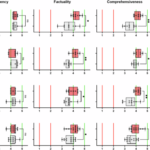



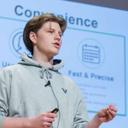

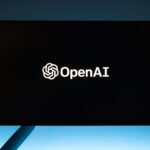

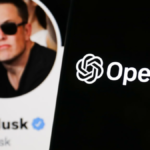

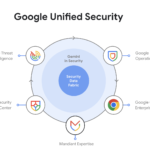























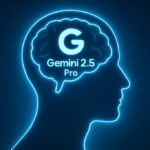




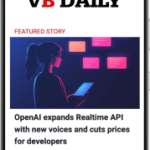

































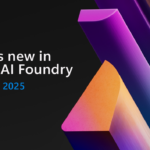
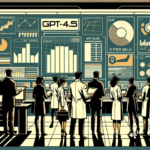



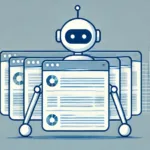




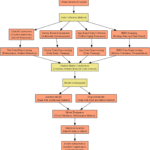











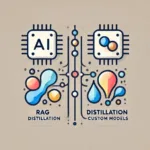




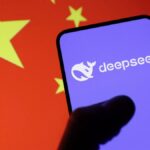




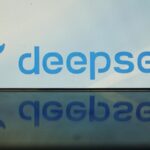



















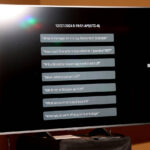
















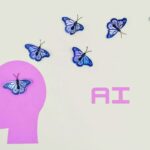





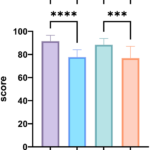

























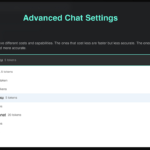


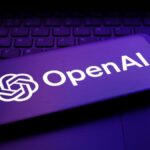



















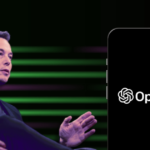








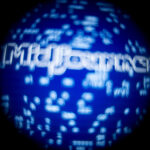











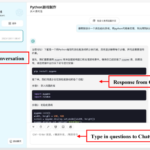

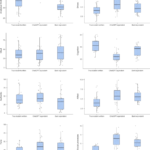






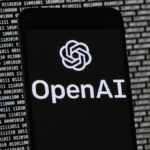


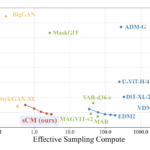






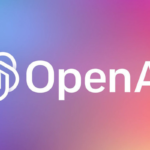






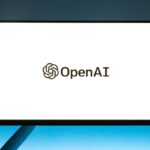
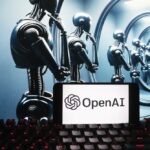

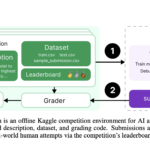
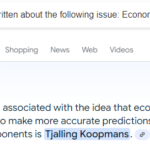


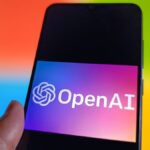


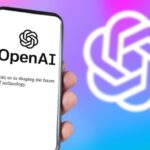
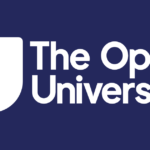
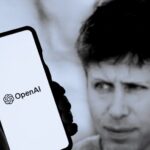

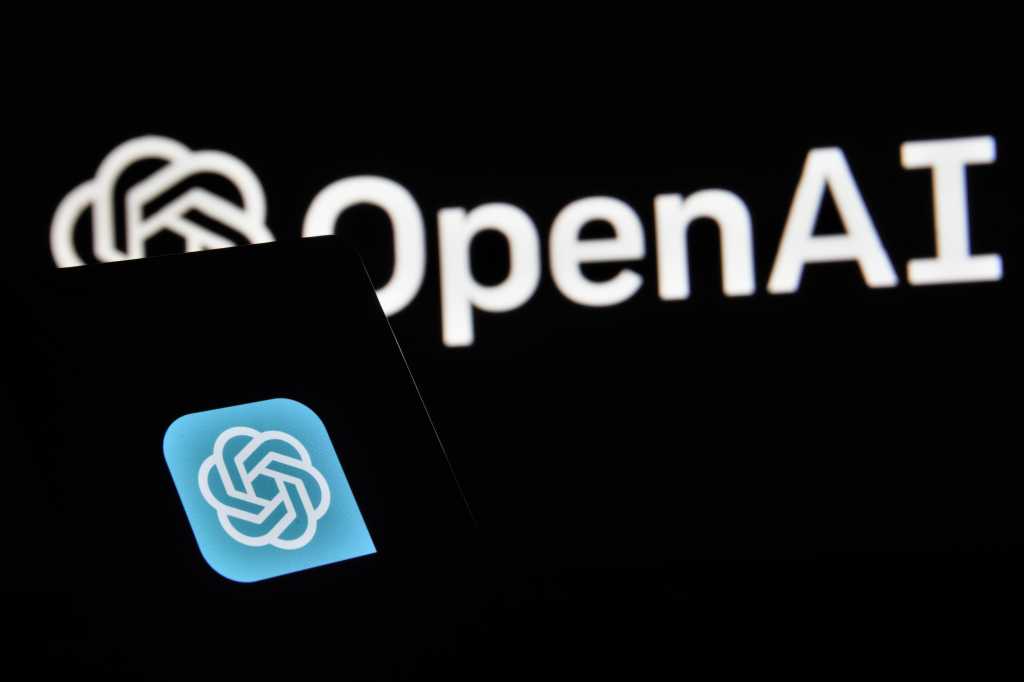
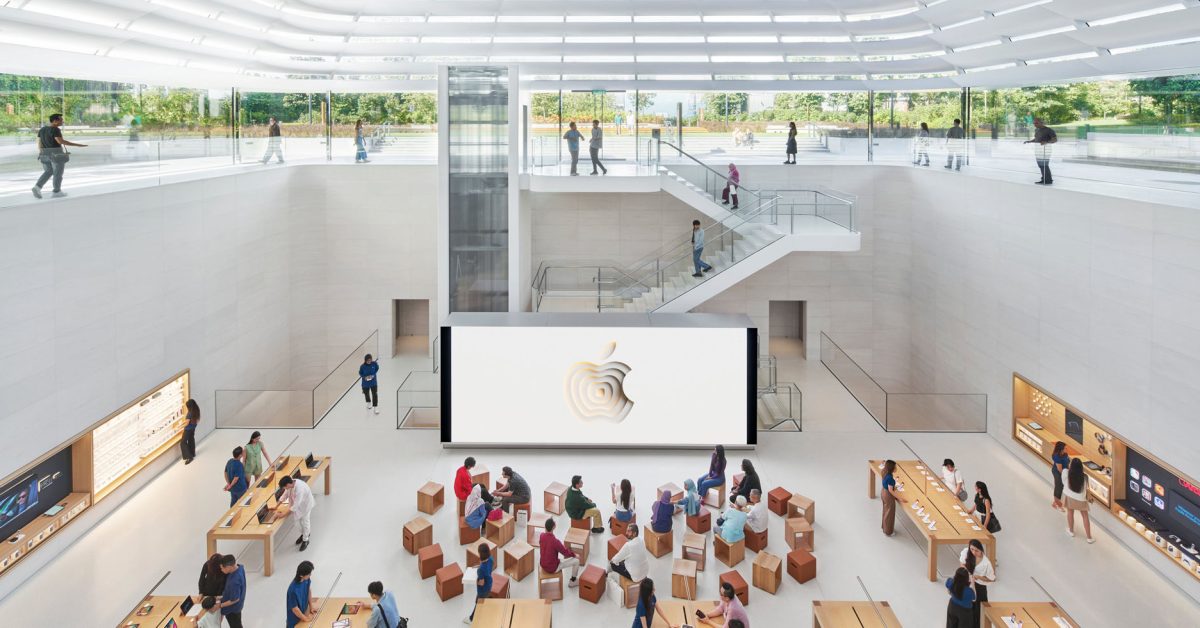
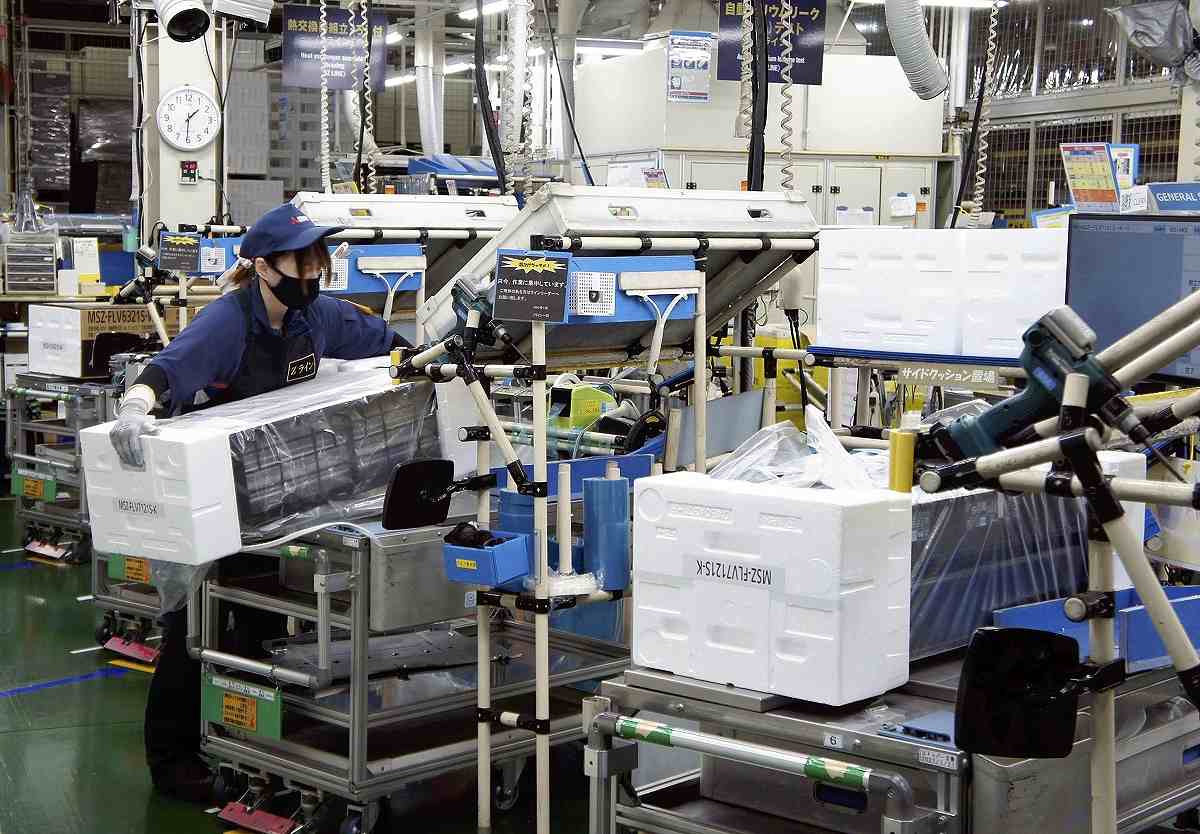


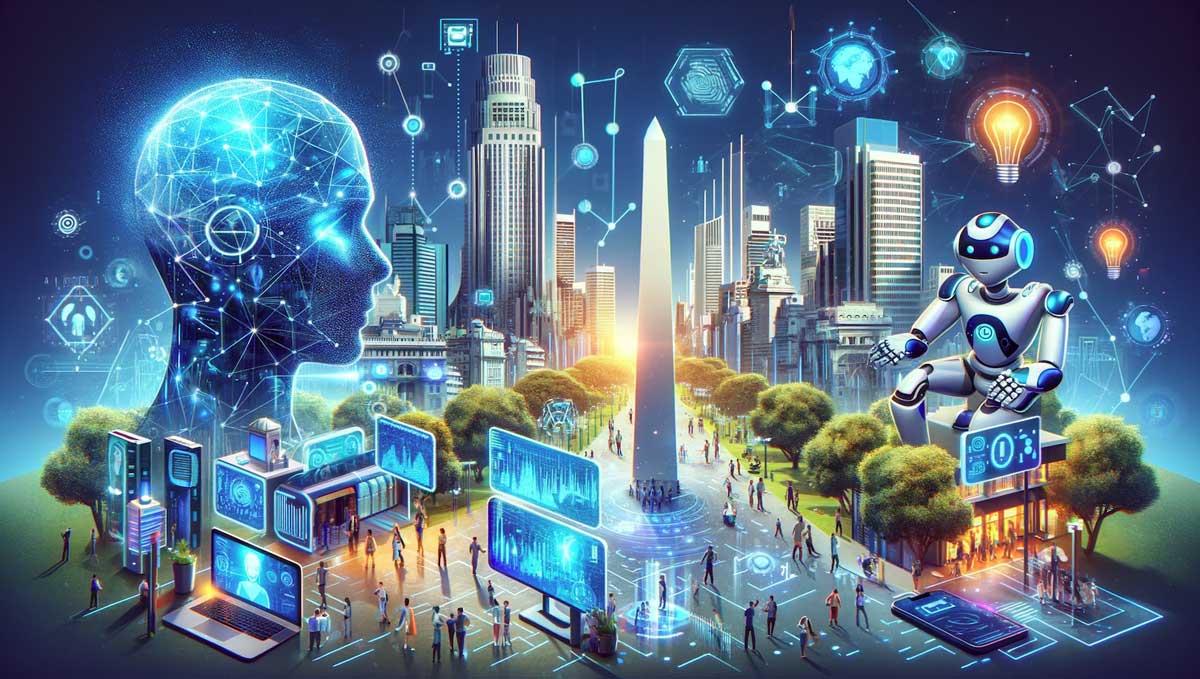

Trending
-

 Startups11 meses ago
Startups11 meses agoRemove.bg: La Revolución en la Edición de Imágenes que Debes Conocer
-
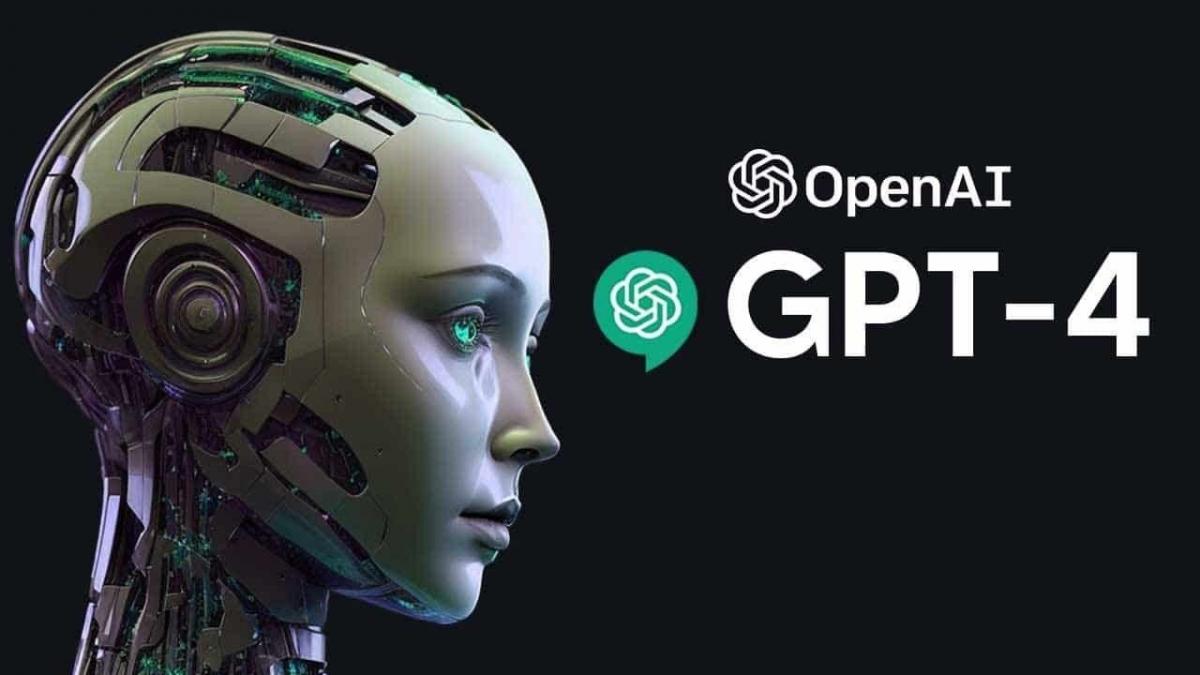
 Tutoriales11 meses ago
Tutoriales11 meses agoCómo Comenzar a Utilizar ChatGPT: Una Guía Completa para Principiantes
-

 Startups9 meses ago
Startups9 meses agoStartups de IA en EE.UU. que han recaudado más de $100M en 2024
-

 Recursos11 meses ago
Recursos11 meses agoCómo Empezar con Popai.pro: Tu Espacio Personal de IA – Guía Completa, Instalación, Versiones y Precios
-
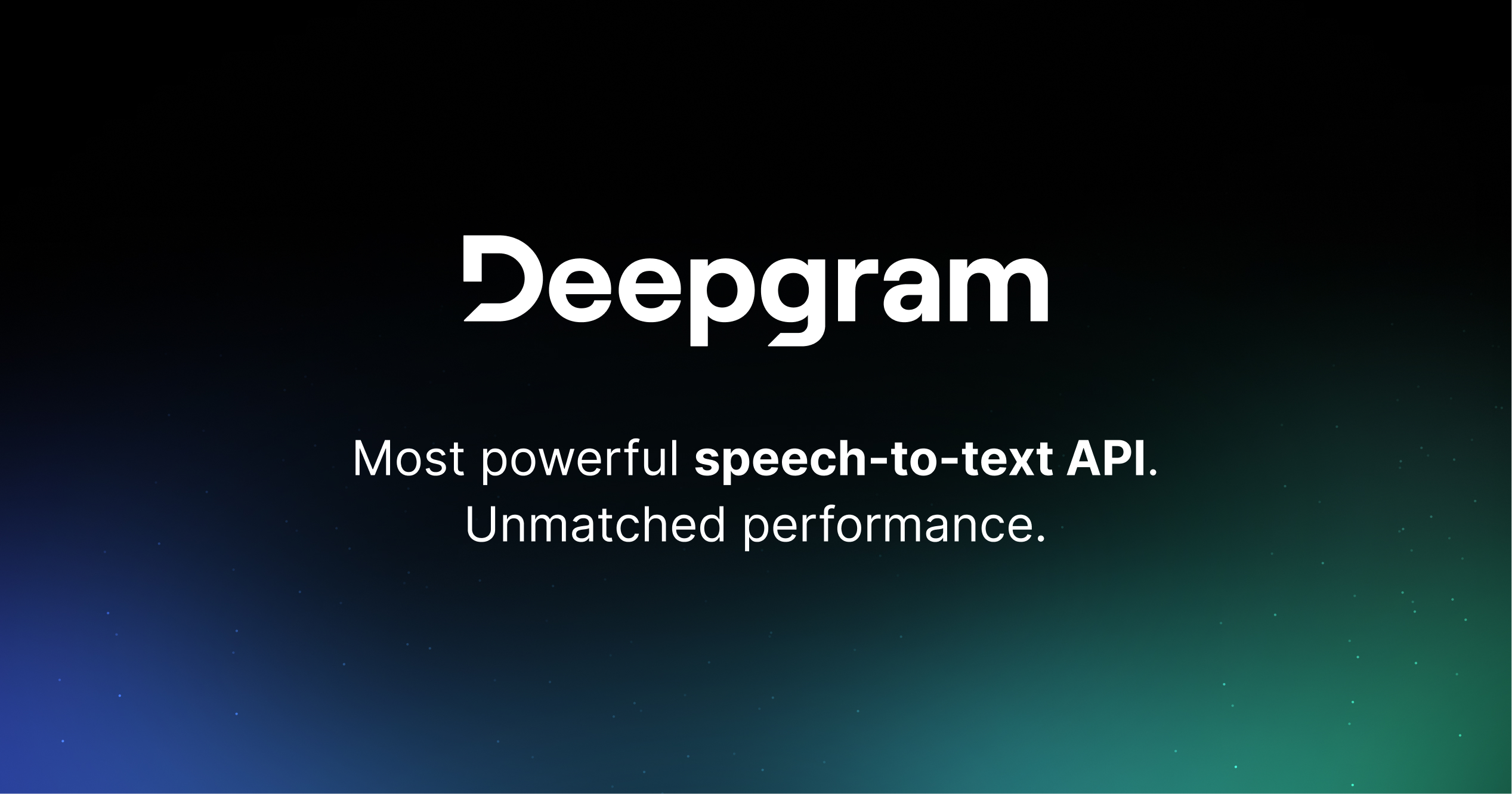
 Startups11 meses ago
Startups11 meses agoDeepgram: Revolucionando el Reconocimiento de Voz con IA
-
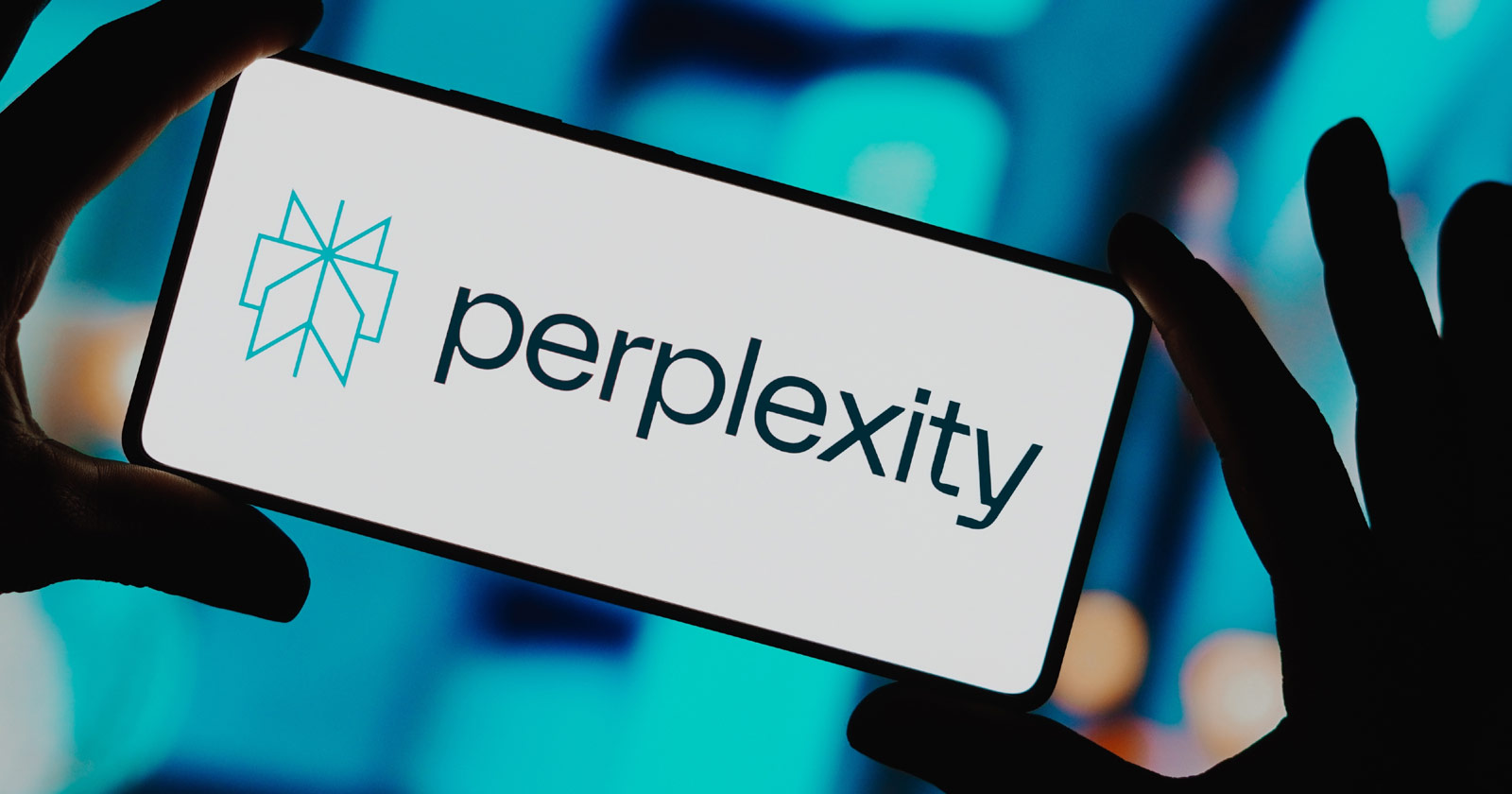
 Recursos11 meses ago
Recursos11 meses agoPerplexity aplicado al Marketing Digital y Estrategias SEO
-

 Recursos11 meses ago
Recursos11 meses agoSuno.com: La Revolución en la Creación Musical con Inteligencia Artificial
-
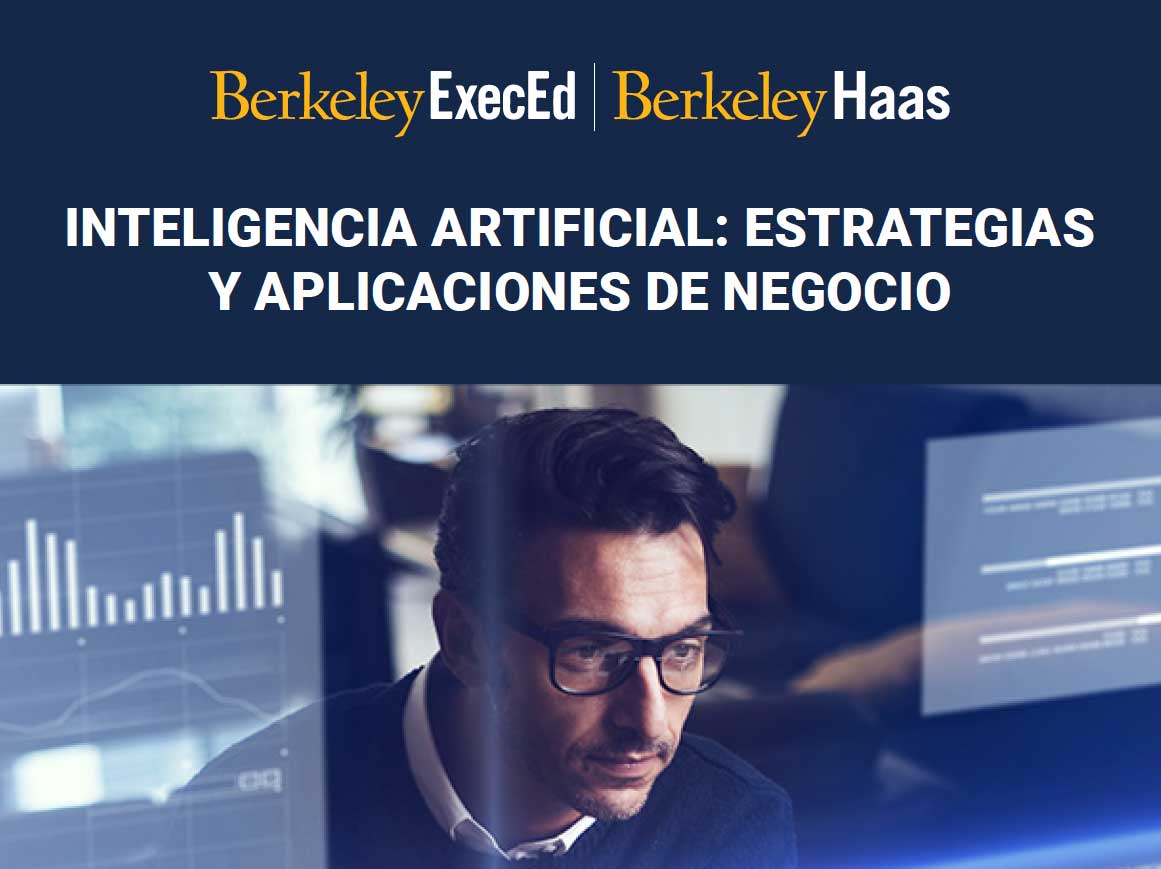
 Estudiar IA11 meses ago
Estudiar IA11 meses agoCurso de Inteligencia Artificial de UC Berkeley estratégico para negocios




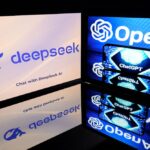
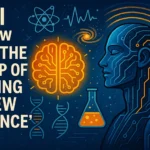




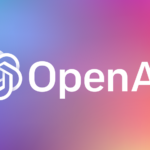
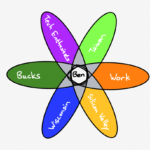






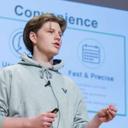

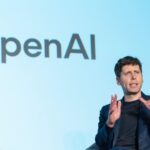

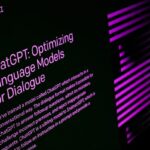















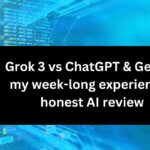




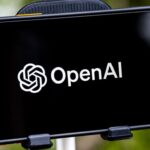






















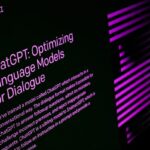


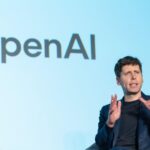




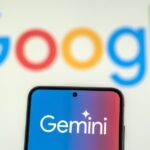




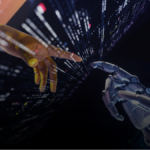

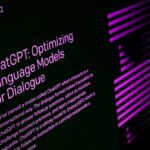



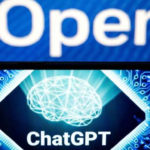




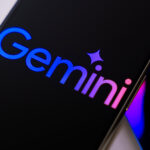









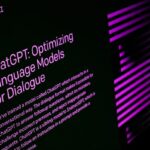

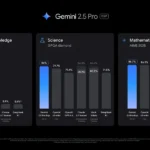

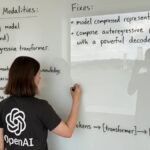
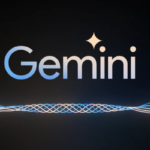




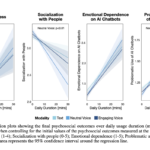


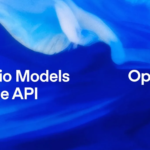







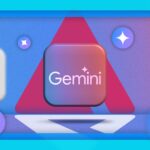








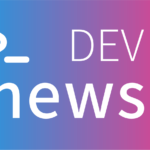












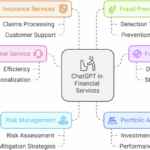



















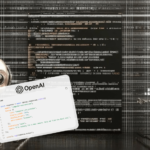





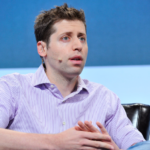

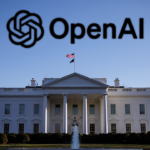













































































































































































 Inside the OpenAI-DeepSeek Distillation Saga & Alibaba’s Most Powerful AI Model Qwen2.5-Max
Inside the OpenAI-DeepSeek Distillation Saga & Alibaba’s Most Powerful AI Model Qwen2.5-Max

























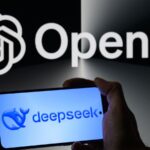

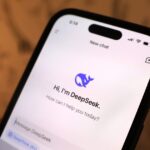










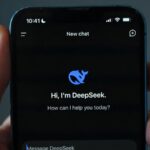
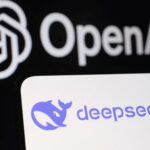
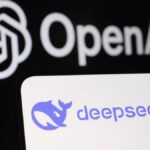
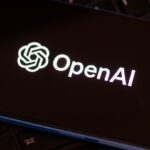








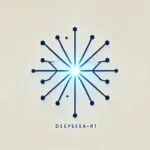




















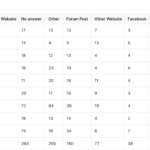

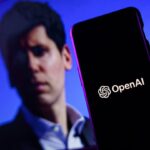







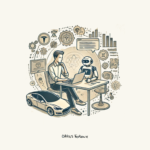











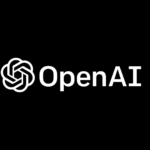






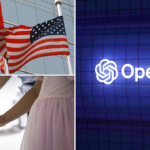




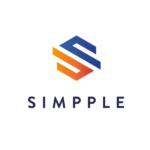

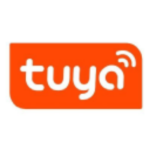



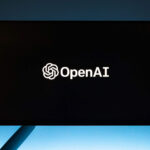

















































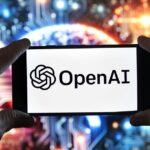













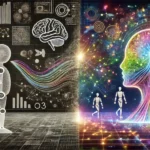

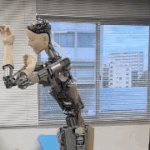




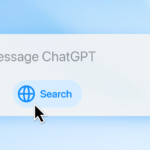




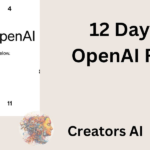

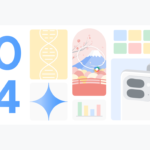
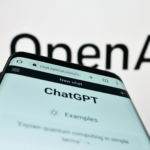




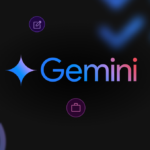






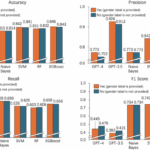




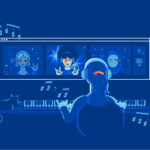

















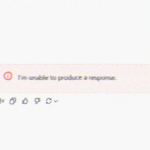
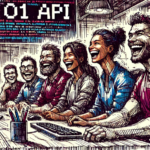












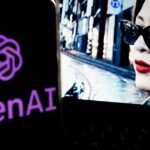





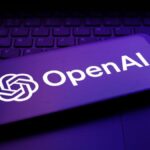



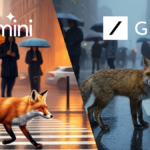
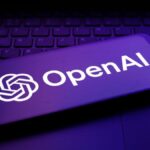






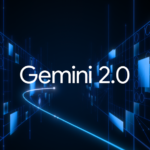
















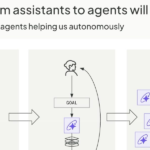
 De ChatGPT a mil millones de agentes
De ChatGPT a mil millones de agentes